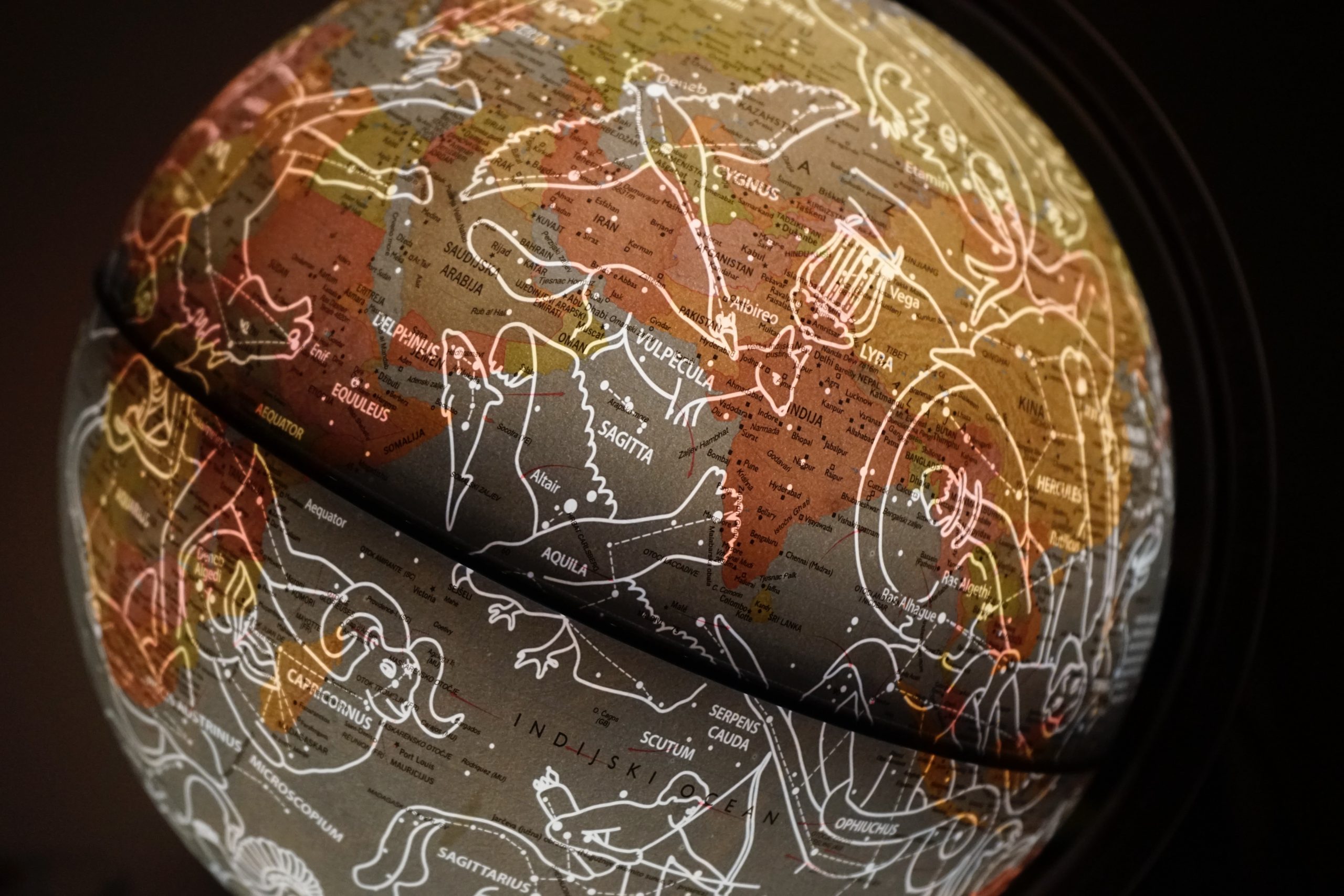The 14th Card in Tarot: Understanding its Significance and Symbolism
Tarot cards have captivated people’s imaginations for centuries, offering insights into the past, present, and future. Each card in the deck bears a unique symbolism and meaning, starting from the Fool and ending with the World. In this blog post, we will delve into the intriguing world of tarot and explore the significance of the 14th card. Known by different names in various tarot decks, this card holds a special place in readings and unfolds a story of its own. So, let’s unlock the secrets of the 14th card and discover its hidden wisdom.
The Tarot Deck: A Brief Overview
To fully understand the context of the 14th card, it is necessary to have a basic understanding of the tarot deck as a whole. A typical tarot deck consists of 78 cards, divided into two main categories: the Major Arcana and the Minor Arcana. The Major Arcana encompasses the first 22 cards, which are often seen as the most significant and powerful.
The Minor Arcana, on the other hand, consists of 56 cards divided into four suits: Cups, Pentacles, Swords, and Wands. Each suit corresponds to a different aspect of human experience and represents various elements such as emotions, material possessions, intellect, and energy. The Minor Arcana cards offer more specific insights and guidance related to day-to-day events and challenges.
The Role of the 14th Card
When we explore the Major Arcana, we encounter several iconic cards that resonate strongly with readers and seekers alike – the Magician, the High Priestess, and the Wheel of Fortune, just to name a few. However, the 14th card exudes a unique charm that captivates minds and hearts.
Before we delve deeper into the significance of the 14th card, it is important to note that different tarot decks may assign different names or numbering to this card. While in some decks it may be called ‘Temperance,’ in others it could be known as ‘Art’ or ‘Alchemy.’ Regardless of the name, the essence and symbolism remain consistent.
The 14th Card: Temperance
When the 14th card is represented as ‘Temperance,’ its symbolism revolves around balance, harmony, and moderation. In the Rider-Waite tarot deck, a commonly used and referenced deck, the card depicts an angelic figure who gracefully blends two cups. The angel stands with one foot on land and the other in water, signifying the balanced union of the conscious and the unconscious mind.
This imagery emphasizes the importance of finding equilibrium within oneself and in different areas of life. Temperance reminds us to avoid extremes and seek a middle ground where opposites can coexist harmoniously. It encourages a measured approach to situations and prompts individuals to consider all perspectives before taking action.
The 14th Card: Art or Alchemy
In some tarot decks, the 14th Major Arcana card is represented as ‘Art’ or ‘Alchemy.’ This card draws inspiration from the medieval practice of alchemy, which sought to transform base metals into gold and discover the elusive Philosopher’s Stone. The symbolism of Art or Alchemy in the tarot signifies a process of transformation and integration.
When depicted as ‘Art,’ the 14th card often portrays an individual mixing and blending different elements to create something new. This card speaks of versatility, adaptability, and the ability to embrace change. It highlights the transformative power of creativity and the importance of blending various aspects of one’s life to find harmony and fulfillment.
Interpretation and Meaning
Regardless of the name or specific symbolism attached to the 14th card, tarot readers interpret it based on the context of the reading and the surrounding cards. Each card in the tarot deck is rich in symbolism and can have multiple layers of meaning.
When the 14th card appears in a tarot reading, it invites individuals to reflect on their own internal equilibrium and find ways to bring balance into their lives. It may suggest the need to adjust one’s behavior, attitudes, or actions to achieve harmony and avoid extremes.
Additionally, the 14th card often signifies a personal transformation or integration of contrasting aspects of one’s self. It encourages embracing the ebb and flow of life and finding a middle path that allows for growth and expansion.
Conclusion
The 14th card in the tarot deck, known as Temperance, Art, or Alchemy, holds a special place in readings as it invites seekers to find balance, harmony, and integration. Whether depicted as an angel blending cups or an alchemist mixing elements, this card symbolizes the need to embrace moderation, adaptability, and transformation.
As with any tarot card, the interpretation of the 14th card varies based on the context and the reader’s intuition. Its presence in a reading serves as a reminder to seek a balanced approach, integrate opposing forces, and reflect on one’s personal journey of growth and transformation.
So, the next time you encounter the 14th card in a tarot reading, embrace its wisdom and reflect on how you can bring greater harmony and balance into your life, unlocking your own alchemical potential.
Table of Contents
